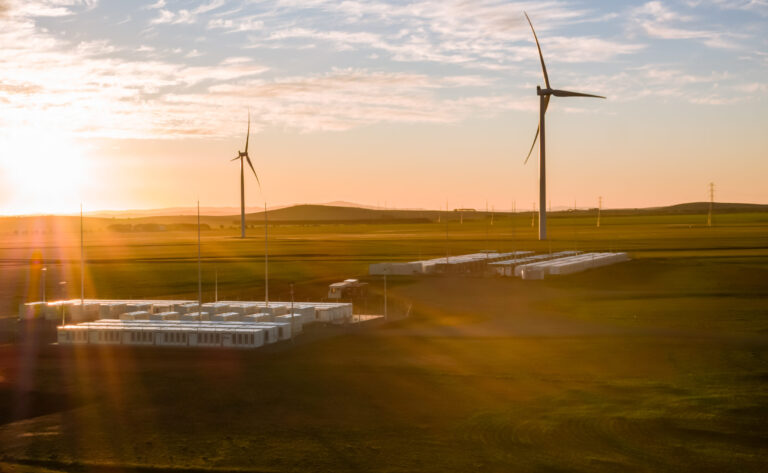
ANU Press Release, 15 September 2020
Research to better unlock the potential of battery technologies has been given a vital funding boost as part of the latest round of the Australian Capital Territory’s renewable energy reverse auction.
The work, led by The Australian National University (ANU), will help enhance the use of large-scale battery storage both in the ACT and globally. Battery storage technology enables power operators and utilities to store renewable energy for later use.
The funding will be used to develop methods for better managing large-scale battery storage and renewable energy generating assets such as wind or solar farms.
The $225,000 three-year collaboration with Neoen Australia is part of the company’s local investment commitment which will co-fund a postdoctoral research position in the Battery Storage and Grid Integration Program, part of the Energy Change Institute (ECI).
Dr Marnie Shaw, Research Leader in the program, said the research would see benefits beyond the ACT.
“Our work will benefit large-scale battery storage worldwide, both in terms of integrating more renewable energy as well as for creating a lucrative industry around energy storage,” Dr Shaw said.
“The specific methods we are developing include methods for forecasting market prices and for forecasting extreme events, including extreme weather events and other events affecting the power grid or power generation resulting in severe and immediate impact on the power market.”
ECI Director Professor Ken Baldwin thanked Neoen for its funding.
“We’re very pleased to have established this new collaboration between Neoen and the University, which is the latest example of how the ACT’s unique reverse auction process leads to industry investment in education and research excellence,” Professor Baldwin said.
“For example, back in February, Global Power Generation Australia (GPG) unveiled a $1.5m, 20-year investment in the Institute to conduct research on the hydrogen economy. GPG are also a winner in this latest reverse auction.
“These examples, along with earlier funding rounds, show the strength of the connections between the National University and the ACT’s growing renewable energy industry, as Canberra is developing into Australia’s renewable energy capital.”
As part of their winning bid, Neoen have also announced plans for a grid-scale battery, at least 50 megawatts (MW) in size, in the ACT.
Louis de Sambucy, Neoen Australia’s Managing Director, said:
“We’re excited about this collaboration which combines the University’s battery storage and grid integration research capabilities with Neoen’s industry-leading knowledge in battery optimisation, built on over two years’ experience operating the world’s first big battery, our 150 MW Hornsdale Power Reserve.
“We hope it results in outcomes which can benefit the ACT’s big battery and provide a meaningful contribution to the advancement of knowledge in this high growth sector.”
Dr Shaw said she and her colleagues were delighted to announce their research partnership with Neoen.
“Our partnership will bolster ties between industry and academia and enable cross fertilisation between the best of academia and the best of industry,” she said.
“It is important, now more than ever, that industry and academia join forces and build a pathway towards a zero emissions society.
“I would also like to thank the ACT Government for the leading role they have played in setting-up the reverse auctions process and in doing so, motivating partnerships between research organisations and renewable energy companies.”
